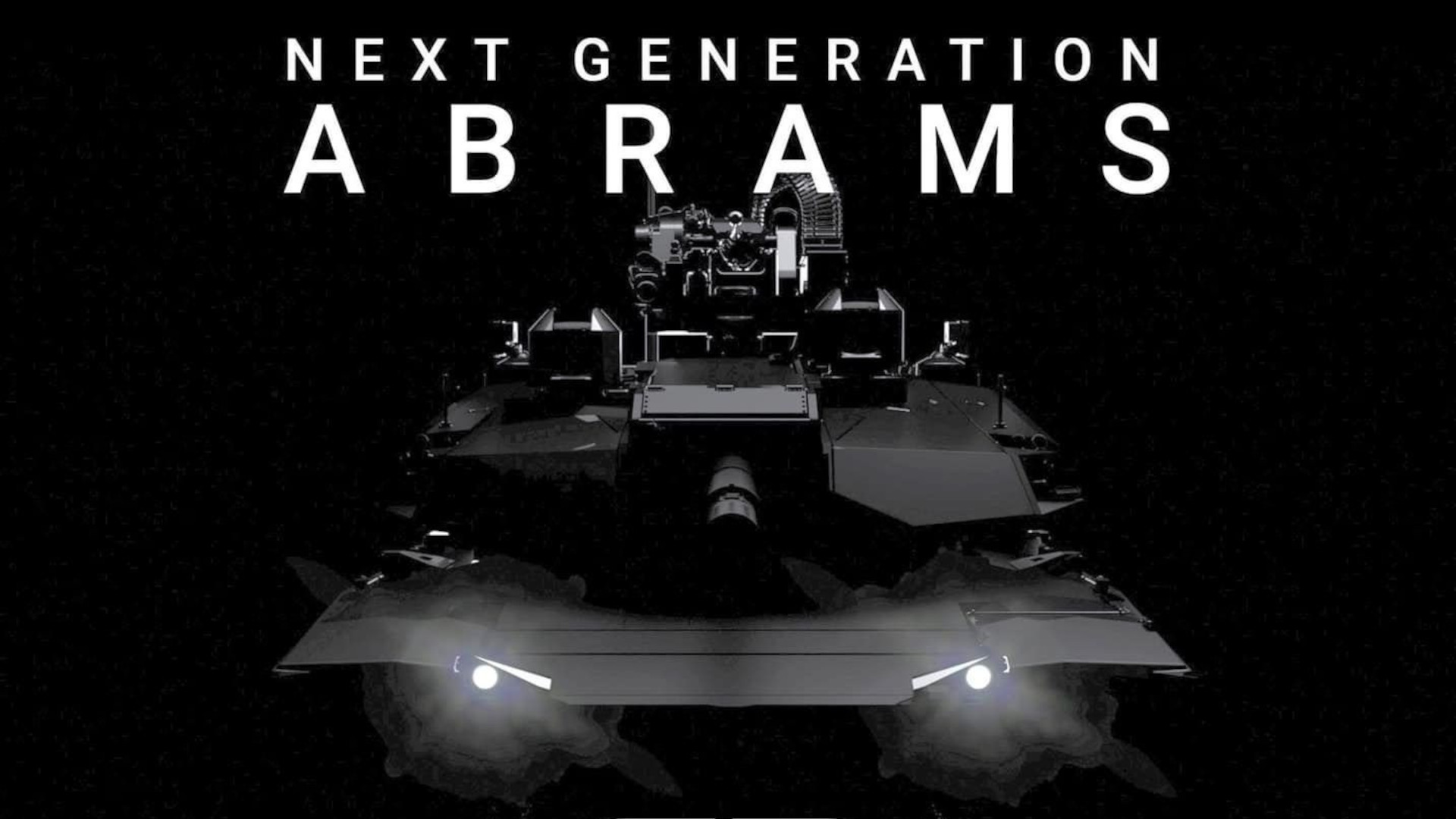General Dynamics Land Systems is teasing a next-generation Abrams main battle tank, the original variant of which entered U.S. military service in 1981. Details about this new version’s capabilities are very limited at present, but there are clear indications that it will feature a slate of improved weapons, sensors, and other equipment over existing M1 tanks, including the possibility of some form of hybrid conventional-electric propulsion system.
A dedicated website for the Next Generation Abrams is now online. This same website teases a slate of other “next generation” designs from General Dynamics Land Systems (GDLS), including a new base configuration for the company’s Stryker 8×8 wheeled armored vehicle and another planned variant in that family equipped with the Leonidas high-power microwave directed energy weapon, the latter of which you can read more about here. Various unmanned ground vehicle offerings from GLDS, including a variant of the TRX tracked design armed with dozens of loitering munitions, which is now called Razorback, and the company entry into the U.S. Army’s Small Multipurpose Equipment Transport (SMET) program, are featured on the site, as well.

Beyond various taglines, such as “Legend Mode” and “The Next Generation of Dominance,” there are essentially no specific details about exactly what this new Abrams configuration entails. Other separate GLDS promotional material shows that this design is almost certainly unrelated to the upgraded M1A2 System Enhanced Package Version 4 (SEPv4) variant now under development for the U.S. Army.
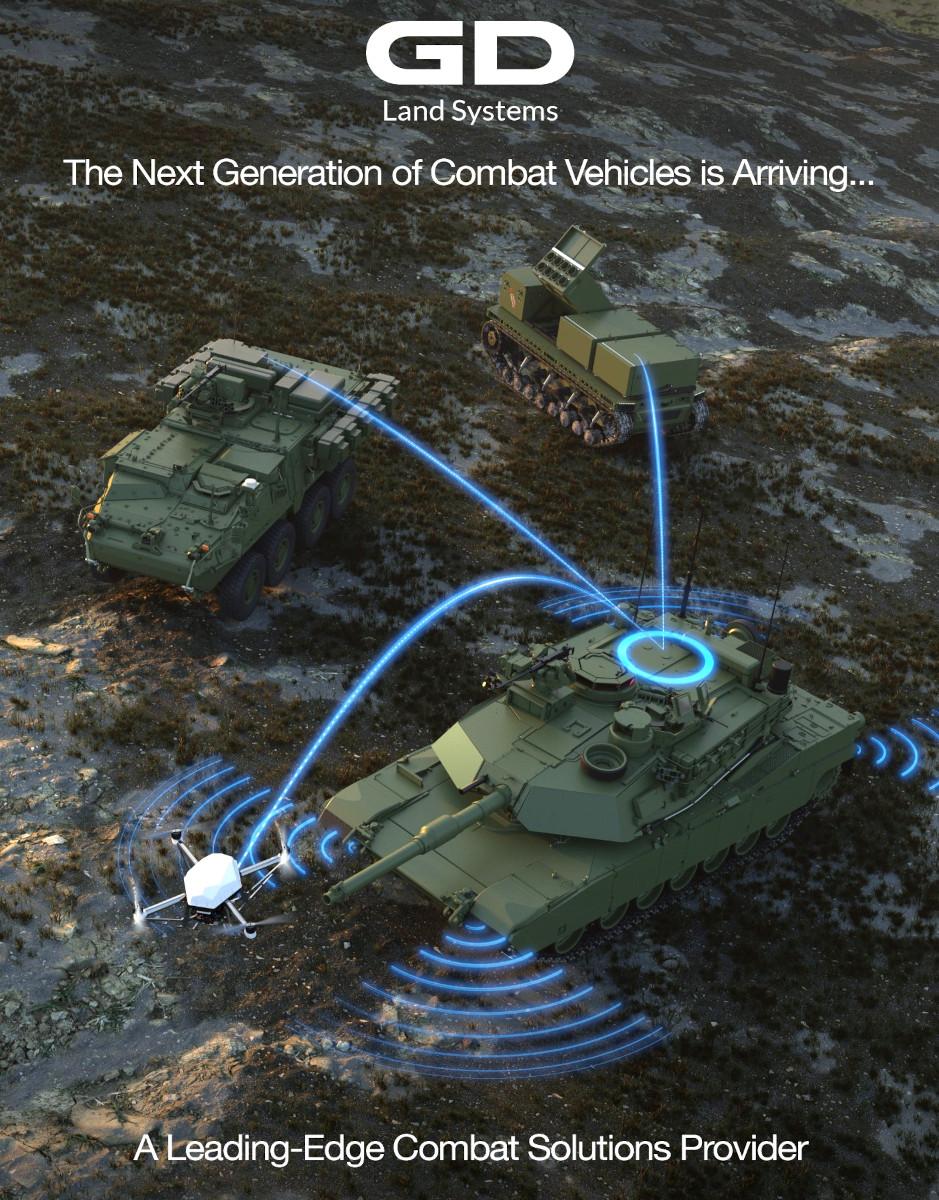
Per the U.S. military, the SEPv4 will feature the following improvements over the existing SEPv3 configuration:
- An improved Gunner’s Primary Sight (GPS) with a third-generation forward-looking infrared (FLIR) sensor, upgraded laser range-finder, and full-color video camera.
- An improved Commander’s Primary Sight (CPS) with a third-generation FLIR and full-color video camera, as well as a laser pointer.
- Improved lethality to include the digital data link able to communicate with the new reprogrammable XM1147 Advanced Multi-Purpose (AMP) round for the tank’s 120mm main gun.
- An onboard meteorological sensor to help improve accuracy.
- Improved communications, data-sharing, and on-board diagnostics capabilities.
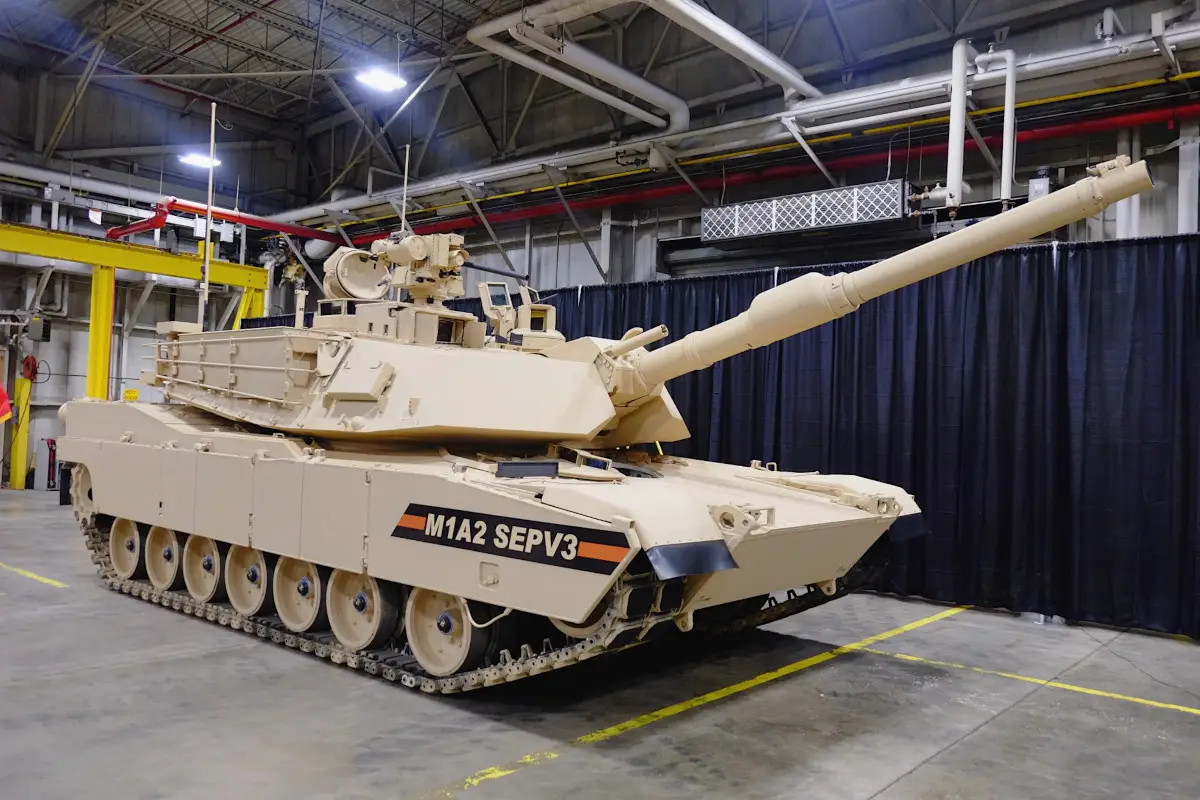
The GDLS’ website does include a number of brief video featurettes on the Next Generation Abrams design, but which only gives passing looks at certain aspects of a computer-generated rendering. Another promotional image for the Next Generation Abrams and Stryker vehicles has been circulating online along since at least last week, as well, along with a version that has been brightened and sharpened to reveal more details. This image also includes the date October 10, 2022, which is the day that this year’s iteration of the Association of the U.S. Army’s meeting and exposition opens in Washington, D.C. Defense contractors routinely unveil major new offerings and other news at this annual event.

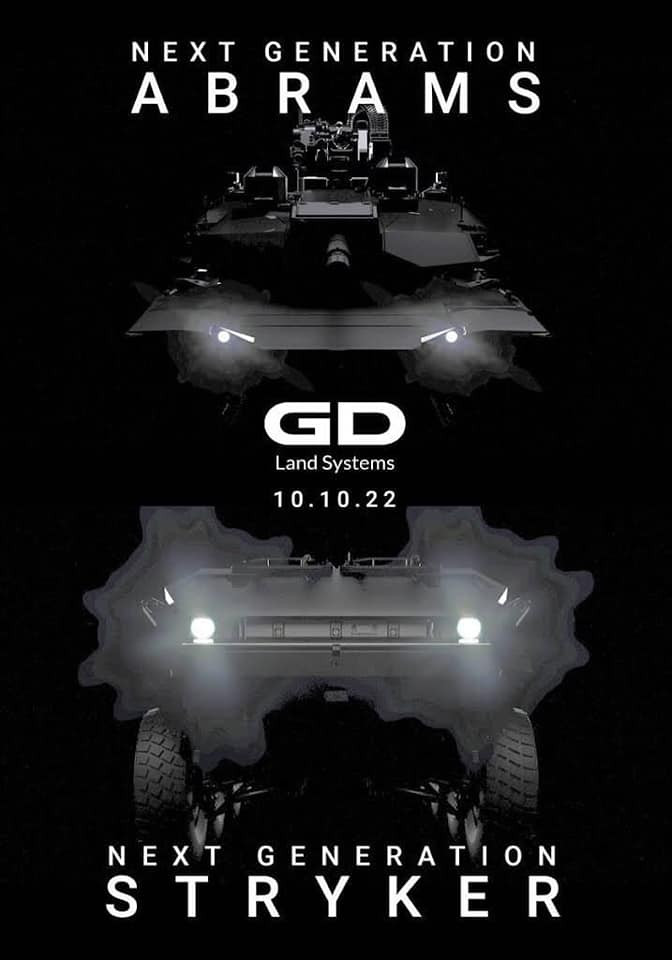
From what we can see in these various promotional materials, the Nex Generation Abrams has at least some changes to the general outward shape of the hull and turret. It’s not clear whether this might reflect and changes to the crew composition in this version. All existing Abrams variants have four-person crews, with the driver in the hull and the commander, gunner, and loader in the turret.
One of the short video presentations has the taglines “Silent Strike” and “They’ll Never Hear Us Coming,” suggesting the possibility that the new version of the Abrams may have a hybrid propulsion system of some kind. A commonly touted benefit of using hybrid propulsion on various types of military vehicles is the potential ability to operate in an extremely quiet all-electric mode.
When it comes to new armament, the Next Generation Abrams tank looks to have a Kongsberg Protector RS6 Remote Weapon Station (RWS) armed with a variant of the 30mm M230 automatic cannon mounted on top of the turret. The lightweight M230LF version of this weapon, which the U.S. Army has designated the XM914, is now in U.S. military service as a component of various vehicle-mounted short-range air defense systems, including multiple types focused primarily on defending against the increasing threat posed by small drones. Adding an RWS with this gun to the Abrams would give the tank significant additional firepower for use against lower-end aerial threats and various ground targets, which the vehicle’s crew could operate without having to expose themselves to enemy fire.
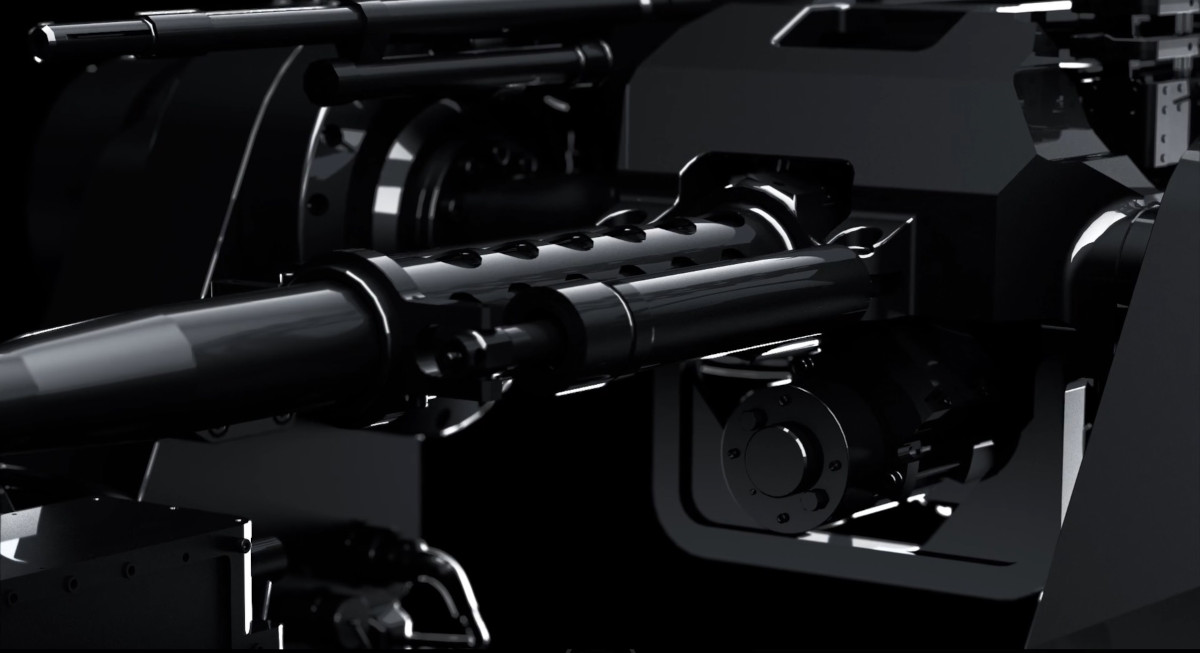
There is speculation online that the Next Generation Abrams may be armed with a version of the XM360 main gun, an advanced 120mm type originally developed as part of the U.S. Army’s abortive Future Combat Systems (FCS) program, based on the design of the muzzle brake seen in the renderings. However, it has also been pointed out that the XM360E1, a variant developed for potential insertion into Abrams variants, did not feature this muzzle device.

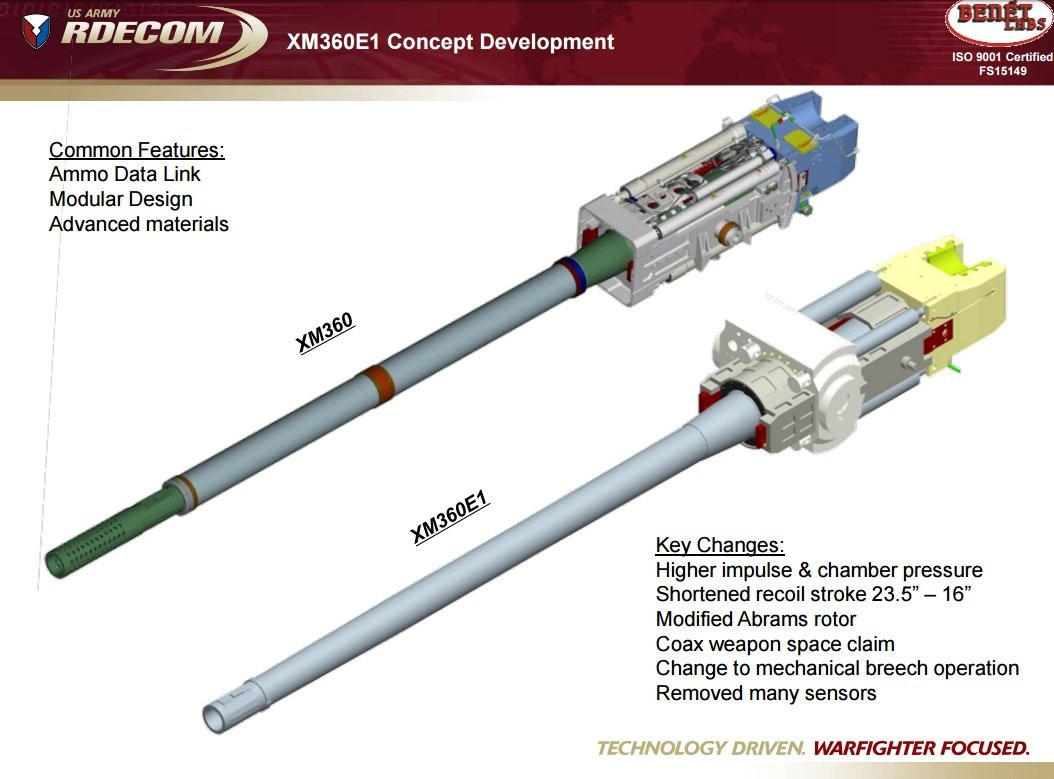
The U.S. Army has also considered replacing the 120mm main gun on the Abrams with a larger cannon, including an 140mm type, in the past.
Two raised sensors of some kind – which could be the improved gunner’s and commander’s sights being developed for the SEPv4 variant or even more advanced substitutes for them – are visible on top of either side of the forward end of the turret, with the RS6 RWS in the center behind them. What could be elements of the Trophy active protection system (APS), versions of which are already being installed on some of the U.S. Army’s existing Abrams tanks, may be visible on either side of the turret toward the rear.

There has been some discussion about whether these sensor systems might be from the PASEO line, based on the shape of the turrets. The PASEO family is produced by defense conglomerate Safran, which has its main headquarters in France.
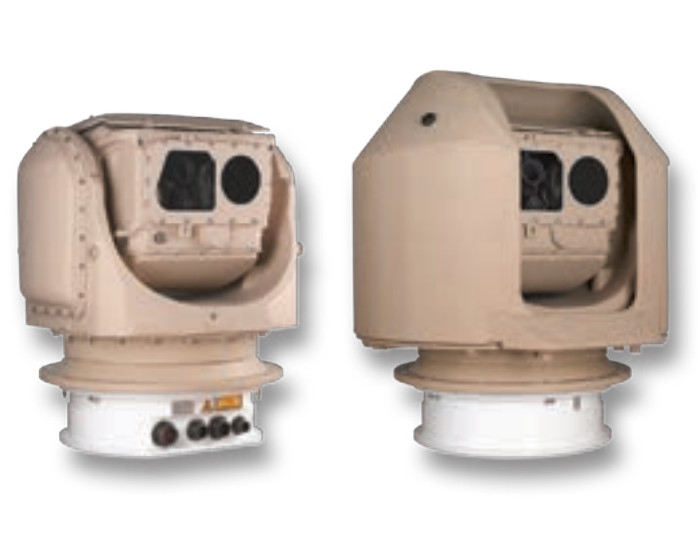
Regardless of the exact configuration of the Next Generation Abrams concept, it has emerged at a time of significant debate over the future of the tank in general as a result of what has been and continues to be observed about the utility of heavy armor in the conflict in Ukraine. When it comes to the U.S. military, that are similarly pointed discussions occurring about what role tanks and other large armored vehicles will play in future high-end conflicts, especially a potential war across the broad expanses of the Pacific against China.
The U.S. Marine Corps is notably eliminating its entire fleet of M1 Abrams tanks as part of new concepts of operations that focus heavily on expeditionary and distributed warfare. The U.S. Army, while it remains committed to the idea of operating tanks broadly, also envisions a future where various tiers of smaller, lighter armed and armored unmanned ground vehicles will play important roles on the battlefield. There is no clear word yet on what manned-unmanned teaming capabilities may be found on the future M1A2 SEPv4 variant or the Next Generation Abrams design.
Other countries around the world, including numerous American allies, are looking into the next generation of tanks, and exploring what those vehicles might look like, too. Just this week, German firm Rheinmetall unveiled a new tank design of its own, the 130mm-cannon-armed KF51 Panther. This tank looks set to be a competitor to a Franco-German design now being developed jointly by KNDS, a consortium that includes Germany’s KMW and France’s Nexter.
When it comes to the Next Generation Abrams, it remains to be seen what additional information might slip ahead of its apparent scheduled official public debut later this year. The War Zone has reached out to GDLS to see if any more details might be available now.
Contact the author: joe@thedrive.com
